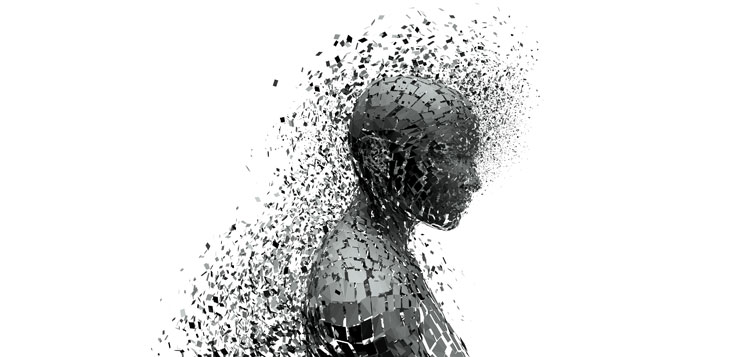[To save and read later download here for your PDF copy]
Many people who come to see me for therapy, have normally had some experience of trauma in their childhood or adult lives. Their trauma is normally psychological and is an emotional response to an event or an experience which is deeply distressing or disturbing. It may include being involved in an accident, having an illness or injury, losing a loved one, or going through a divorce. Or it may include experiences such as childhood abuse, violence or neglect.
Complex trauma normally describes exposure to multiple traumatic events and is often invasive with wide-ranging, long-term effects. These events are severe and pervasive, such as abuse or profound neglect. They can also include developmental trauma which normally takes place in the early years of a child’s life and can impact the child’s neurological, cognitive, and psychological development. Dr Nadine Burke Harris writes extensively about how childhood trauma can affect health long term, and explains how repeated abuse and neglect can have such a detrimental effect in the video How childhood trauma affects health across a lifetime
Because of these traumatic events, some people can develop post-traumatic stress disorder (PTSD) which can include the following symptoms:
• Anger
• Persistent feelings of sadness and despair
• Flashbacks
• Unpredictable emotions
• Physical symptoms, such as nausea and headaches
• Intense feelings of guilt, as if they are somehow responsible for the event
• An altered sense of shame
• Feelings of isolation and hopelessness
The Rewind Technique – fast phobia and trauma treatment
The Rewind Technique is a treatment for post-traumatic stress disorder (PTSD), phobias and anxiety. For many years, severe anxiety-based conditions such as post-traumatic stress disorder or phobias were considered only treatable through long, painful exposure therapy, and sometimes not at all. The rewind technique is a comfortable and effective treatment that can greatly reduce, and even remove, traumatic or phobic symptoms quickly through relaxation and guided imagery, all without even having to talk about the details of the traumatic incident(s) in question. This technique has originated from NLP and is also known as the Visual/Kinaesthetic Dissociation technique. The rewind technique can help reduce or in some cases remove the following PTSD symptoms:
• Flashbacks
• Intrusive thoughts or images
• Nightmares
• Intense distress at real or symbolic reminders of the trauma
• Physical sensations such as pain, sweating, nausea or trembling
How does the Rewind Technique work?
The key to understanding how the rewind technique works is to understand how both non-threatening memories and traumatic memories are processed.
Information from a non-traumatic event will normally be transferred from short-term memory (also known as working memory) to long-term memory through a very old part of the brain called the hippocampus. However, during a traumatic experience, because the body’s survival mechanism (fight, flight or freeze response) is activated, the presence of stress hormones within the body inhibits the hippocampus from processing the information in the usual way. Therefore, the memory of the traumatic event becomes trapped or stuck in short-term memory and a person will feel like they are involuntarily reliving the traumatic event in the form of flashbacks, nightmares, repetitive and distressing images or physical sensations.
Since the rewind technique is performed whilst in a state of deep relaxation, the body is not in a state of high alert and therefore will not produce the same hormones which inhibit the hippocampus from working normally. Therefore, the brain can process the memory of the trauma calmly, transferring it from short-term memory to long term memory.
What happens during the Rewind Technique?
The rewind technique is completed when someone is in a deep state of relaxation. To achieve this level of relaxation, the client is taken through a guided visualisation into their “safe place” which is a place where they feel totally at ease and peaceful. From this imagined safe place, the client is asked by the therapist to visualise a TV screen on which they watch themselves watching a ‘film’ of the traumatic event that is still affecting them without seeing the picture on the TV screen (double dissociation).
They go on to imagine rewinding backwards through the trauma as if they were a character in a video that is being rewound, and then watch the same images in fast forward (dissociation). This cycle is repeated several times with each traumatic memory.
How effective is the Rewind Technique?
I have been using the rewind technique for approximately 5 years now and have been absolutely amazed at the results. Clients have reported a marked improvement with their anxiety-related symptoms, and often tell me that they feel like they have a new relationship with their old traumatic memories. The great thing about this technique is that it is completely safe and does not come with the risks of re-traumatising the client, unlike some talking therapies. You can read more about why some trauma treatments can be unhelpful in the blog Why There’s No Need to Relive the Trauma All Over Again by Mark Tyrrell.
In my experience, the rewind technique is a versatile treatment. It can be used as a stand-alone treatment for phobias such as fear of flying which normally requires 1-2 sessions. Or it can be used for more complex multiple trauma such as sexual abuse or assault which can sometimes work better when integrated with ongoing talking therapy. Everyone I see for the rewind technique is required to have an initial assessment with me to explore if this treatment is suitable and if so, how many sessions might be required. For further information about how the rewind technique could help, you can contact me for a further discussion.
Other useful blogs:

